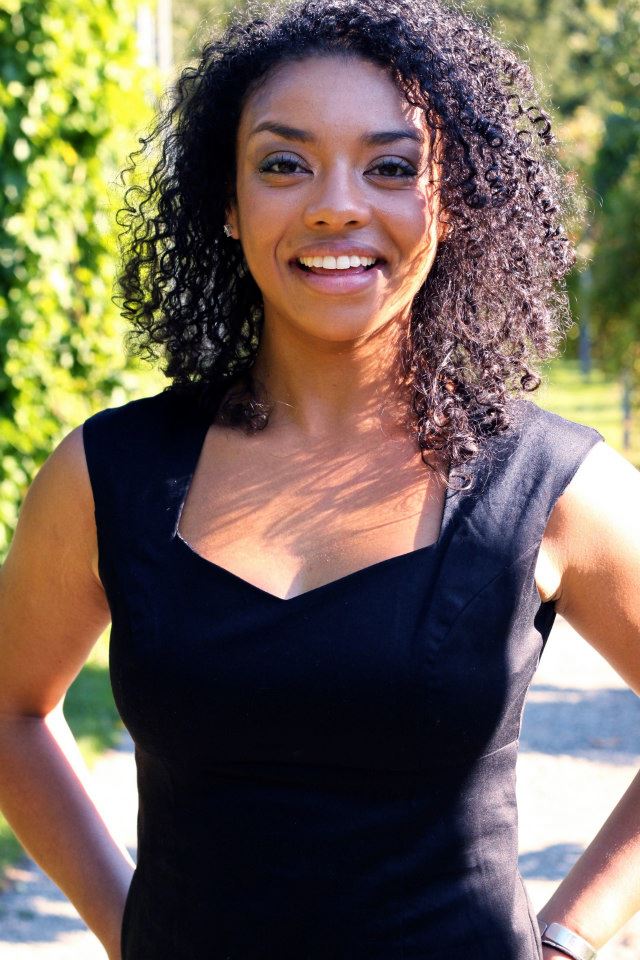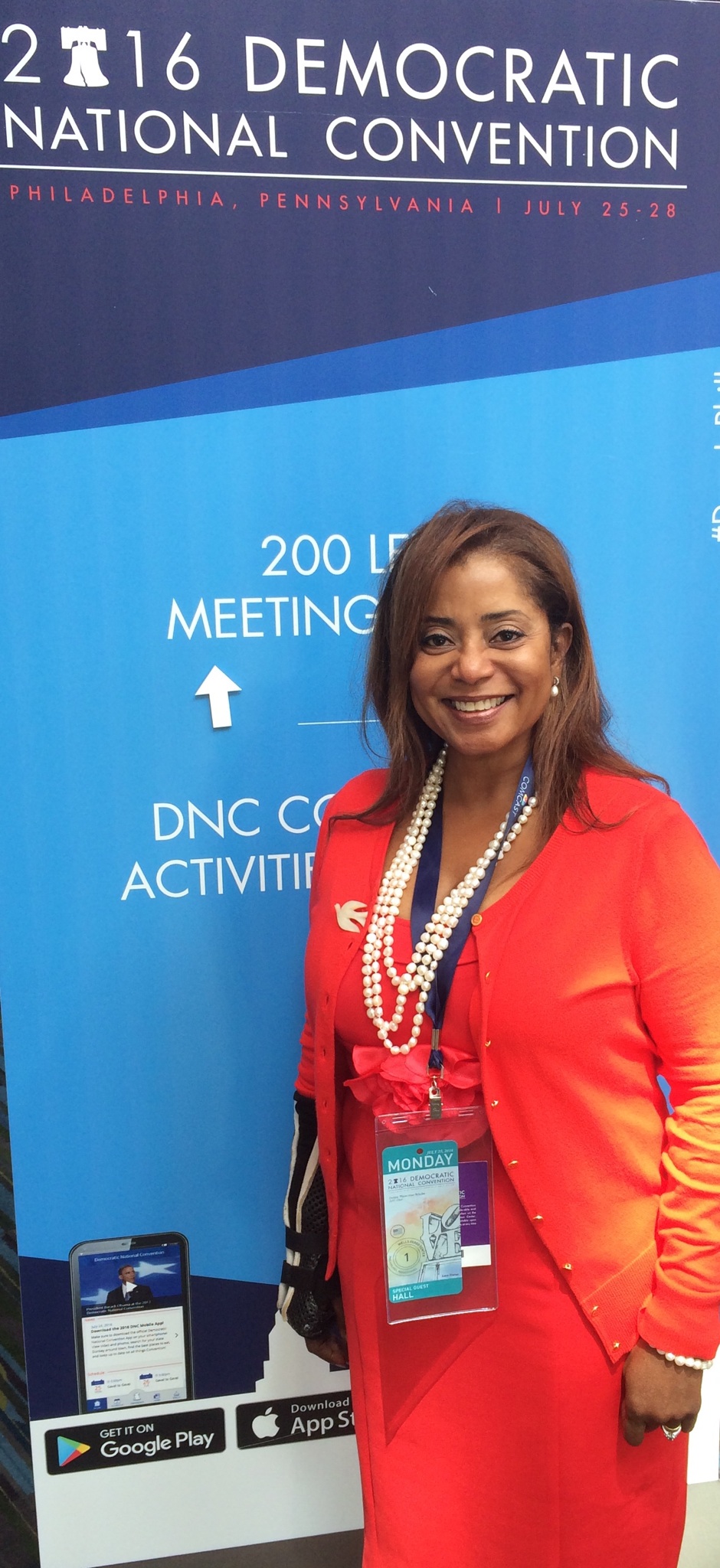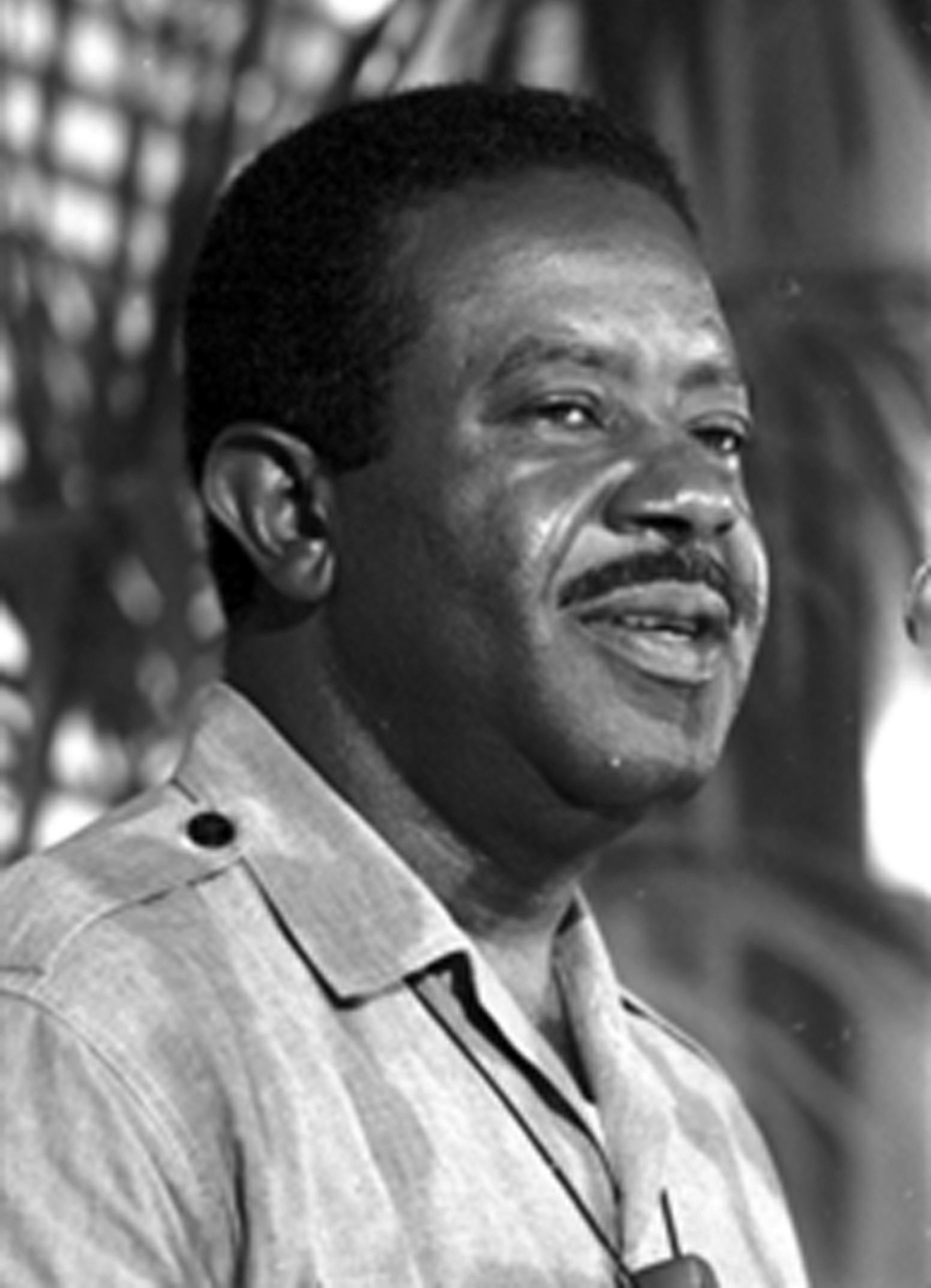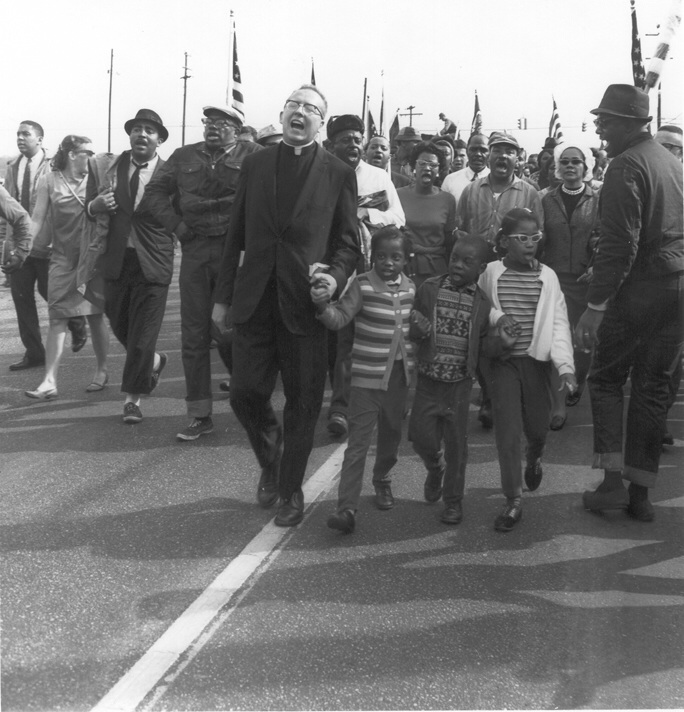The Thing Black Lives Matter Has in Common With the Civil Rights Movement

By:
One of the most common critiques of the Black Lives Matter movement is that it has strayed too far from the non-violent legacy of the civil rights movement of the 1950s and 60s.
But history doesn’t necessarily substantiate those critiques.
As Vox's Victoria Massie pointed out, most Americans in 1964 also believed the civil rights movement was too radical and violent.
Based on data from the American National Elections studies, 57 percent of Americans polled in at the time thought that the civil rights movement was violent and 58 percent thought that black people's protests were hurting their own cause, according to Vox. This was one year after Dr. Martin Luther King Jr.'s famous "I Have a Dream Speech."
Although the civil rights movement is now considered to be a model for peaceful protest, people died during the racial unrest of the 50s and 60s. In 1967 alone, 43 people died in a race riot in Detroit and 26 people died in a race riot in Newark, New Jersey.
ATTN: talked to two Americans who lived during the civil rights movement about Black Lives Matter, and how they actually compare.
Donzaleigh Abernathy, 58, lives in Los Angeles, California but is originally from Atlanta.
 Donzaleigh Abernathy - facebook.com
Donzaleigh Abernathy - facebook.com
Abernathy is an actress, civil rights author, and the daughter of civil rights leader Rev. Ralph David Abernathy.
 Wikimedia Commons/Library of Congress U.S. News Collection - wikimedia.org
Wikimedia Commons/Library of Congress U.S. News Collection - wikimedia.org
As children, Abernathy and her siblings walked in Selma, Alabama protest marches in 1965. Donzaleigh Abernathy is the first child from the left.
 Wikimedia Commons - wikimedia.org
Wikimedia Commons - wikimedia.org
Abernathy said that the civil rights movement was probably considered more radical than the Black Lives Matter movement is today.
"The idea of what we were trying to accomplish was perceived as radical among the black community and especially the white community," she said. "So what they did to try to try to stop us was bomb homes and churches." In 1957, the Abernathys' home was bombed while Donzaleigh's mother was pregnant with her.
The concept of racial integration in schools and public institutions was "revolutionary" in the 60s.
"It was a revolutionary concept of integration that black and white people would speak to each other, that they would drink form the same water fountain, or that they would intermarry," she said. Interracial marriage wasn't legal nationwide until 1967.
Abernathy said that, like Black Lives Matter, young people were the backbone of the civil rights movement.
"The majority of them were all very young. You couldn't get older people to do this, you had to get young people because older black people were complacent," she said. "They were happy with the status quo and it was too revolutionary."
She said that, in comparison, Black Lives Matter isn't radical.
"The civil rights movement was looked at as a radical movement," she said. "Black Lives Matter is not a radical movement because all they're doing is expressing the discontent that's growing all over the country."
Black Lives Matter activists are only trying to stop the racial injustice that still exists in the U.S., according to Abernathy.
"It's not saying that black lives are the only lives that matter," she said. "We know that white lives matter because there's something called white privilege."
Ben Robinson, 70, is black and lives in the Los Angeles area.
He attended the United States Military Academy in West Point, New York from 1964 to 1968, a volatile period in the civil rights movement.
Robinson agreed with Abernathy's assessment that advocating for civil rights at that time was considered radical in mainstream American social circles.
"If you wanted civil rights you were a communist," he said.
And the there were consequences to advocating for racial equality.
A violent incident that stood out for Robinson was the infamous racially motivated murder of black 14-year-old Emmet Till in 1955.
Till was from Chicago, but he was visiting family in Mississippi when two white men murdered him for whistling at their relative, a white woman. The men beat him severely and then shot him in the head. Although they were identified as the killers by witnesses, an all-white jury found the two men "not guilty."
Robinson said that the realities of racial injustice that Americans have been forced to face in response to the killing of unarmed black people by police officers reminds him of the aftermath of Till's death.
"Emmet's mother had an open casket for him, and that caused a lot of people to be concerned and it and became more of a national issue about the lynchings," he said. "That's kind of how I see the shootings of the [black] youth."
Robinson said that the type of racially motivated acts are different from those committed during the civil rights era, but the core problem of systemic racism remains the same.
"What I'm trying to say is what's different now? It's the same thing. The crime is different. Instead of being, you know, people who are uneducated and chasing black people down and hanging them from trees for recreation, it's not quite the same as that, but why aren't [police officers] trained and why don't they understand who they're working with?"
